Difficulty: Novice
Time: 15 minutes
Cost: Under $2
Got a bathroom faucet that looks like it went through a mineral storm? Those chalky white spots and that dull, tired finish have met their match. With a sheet of aluminum foil, yes, the same roll sitting in your kitchen drawer, you can bring back the shine without harsh chemicals or pricey cleaners.
Hard water deposits are stubborn. Aluminum foil creates a gentle abrasive action that tackles mineral buildup, and when you pair it with plain white vinegar, the combo turns affordable and powerful. Bonus, it cleans without scratching your fixtures, so chrome, stainless steel, and other metal finishes stay safe.
What you’ll need
Materials
- 1 sheet aluminum foil (6-8 inches)
- 1/4 cup white vinegar
- Clean microfiber cloth
- Small bowl for vinegar
Tools
- Your hands, for crumpling foil
Safety first
- Wear rubber gloves if your skin is sensitive
- Keep the area ventilated while using vinegar
- Test on a hidden spot first if you are unsure about the finish
- Skip painted surfaces or delicate finishes
Getting started: the foil prep technique
Start by cutting a sheet of aluminum foil 6 to 8 inches long. Form it into a loose ball, but don’t flatten it completely. You want texture and a bit of give for scrubbing.
Tip: Crumpling the foil creates more friction, which helps lift stubborn deposits.
Pour vinegar into a small bowl. Dip the foil ball into the vinegar to kickstart the cleaning power. The mild acid plus the soft abrasion does more than elbow grease alone.
The scrubbing process: what actually happens
Scrub directly over the hard water stains with gentle, circular motions. The foil acts like a mild abrasive, so you get results without the bite of steel wool.
Here is the gist of the science: when aluminum touches certain metals in the presence of water, galvanic corrosion kicks in. That reaction helps break down mineral deposits, and vinegar’s acidity speeds things along.
What to expect: the foil may darken or lose its shape as it collects residue. That is normal, and it means the method is doing its job.
If this happens: if the foil tears while you scrub, switch to a fresh piece and lighten the pressure. Textured faucets can be rough on foil.
Finishing touches: achieving that showroom shine
Keep going until the chalky residue is gone and the surface looks polished. Most spots lift within 30 to 60 seconds. For stubborn patches, dip the foil again in vinegar and apply gentle pressure.
Happy with the shine? Rinse the faucet with clean water to clear away vinegar, then dry it right away with your microfiber cloth so new spots do not form.
Why it works: the mild abrasiveness of aluminum foil removes stains while bringing back the natural gleam. You avoid harsh chemicals that can dull finishes over time, and you can repeat this as part of regular upkeep.
Cleanup & disposal
- Toss used aluminum foil in the trash
- Rinse the vinegar bowl and keep any leftover vinegar for next time
- Wipe nearby counters or tile with a damp cloth
- Let the microfiber cloth dry before storing
Troubleshooting
Problem: Foil tears during scrubbing → Fix: Use a fresh piece and lighten your touch
Problem: Stains will not budge → Fix: Let vinegar sit on the spots for 2 to 3 minutes, then scrub
Problem: Streaks after cleaning → Fix: Rinse thoroughly and dry with a clean cloth
Variations & upgrades
- Budget option: Use plain water with the foil for light stains
- Heavy-duty version: Mix equal parts vinegar and water for tougher buildup
- Maintenance mode: Use this method weekly to prevent heavy mineral buildup
What worked (and what didn’t)
The aluminum foil hack made quick work of my bathroom faucet. Stains lifted almost immediately once the foil hit the vinegar, and the whole job wrapped in under ten minutes. It shines brightest on chrome because it is effective on chrome-plated surfaces common on bathroom fixtures.
There is a caveat. This technique is metal focused, and it will not have the same effect on stainless steel sinks. Avoid glass shower doors too, where abrasion can be a risk. The reaction that makes this trick work depends on specific metal pairings.
That is it, clean, safe, and oddly satisfying. Your faucet should look like it just rolled out of a showroom, and you did it with what was already in your kitchen.




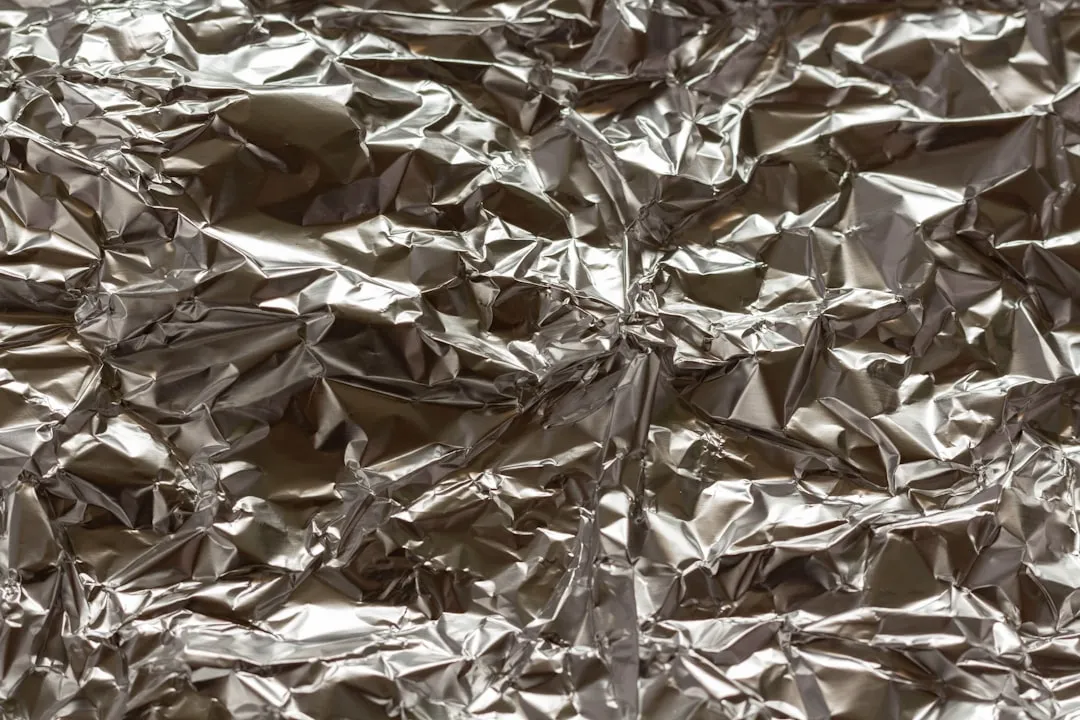
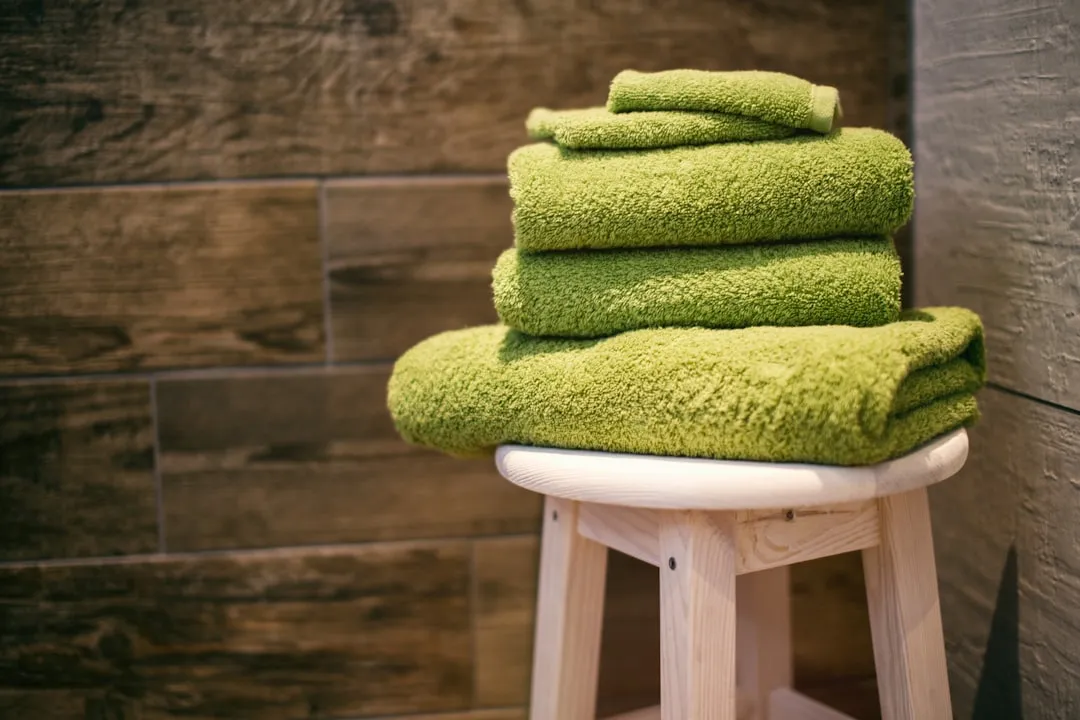
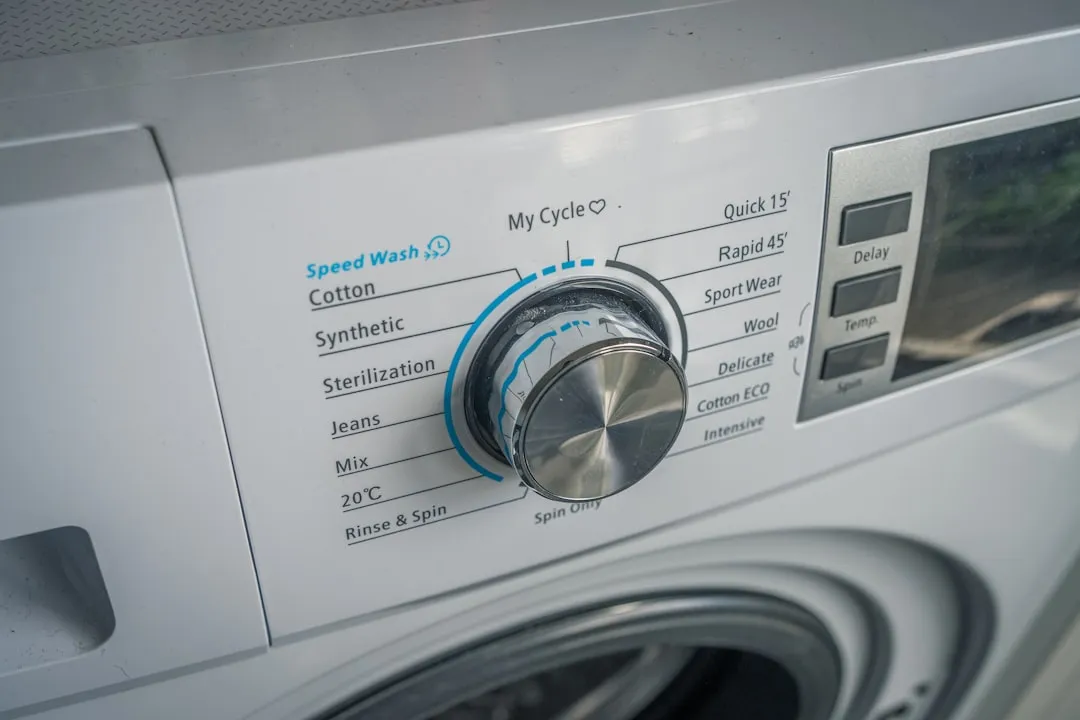

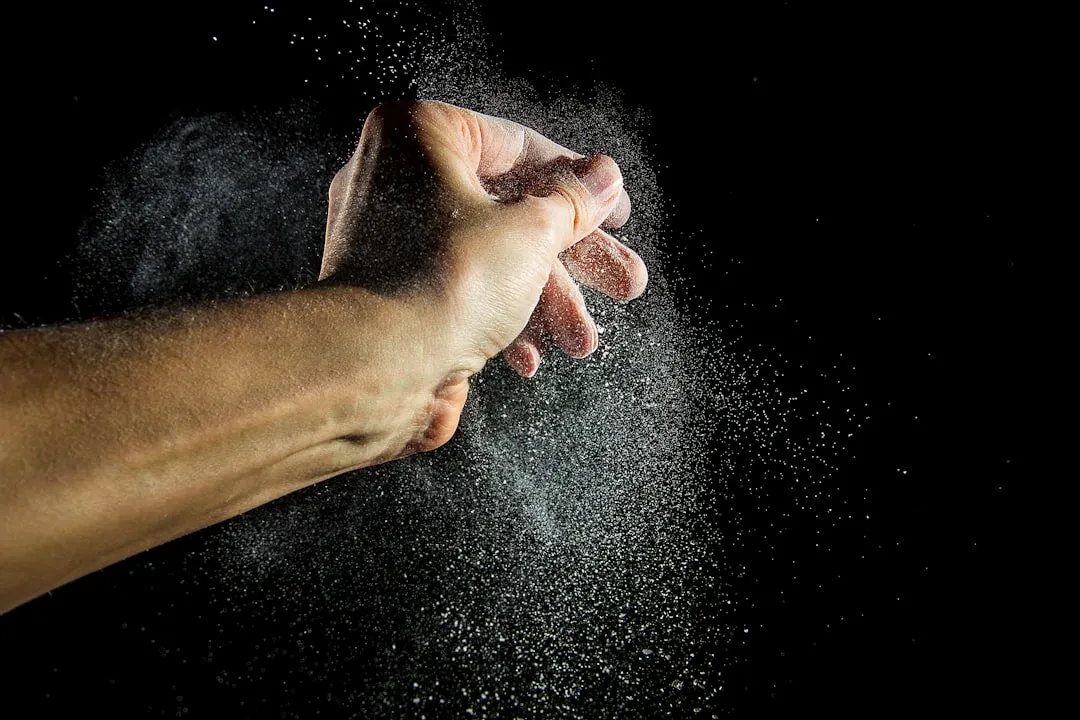
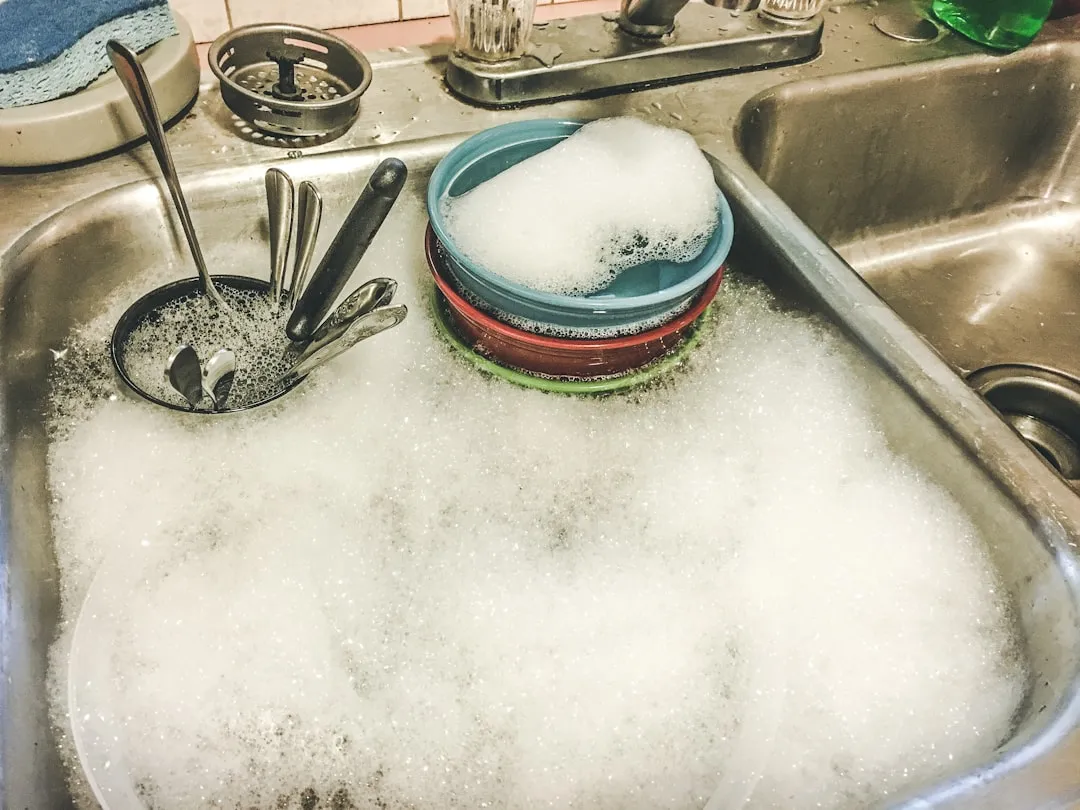

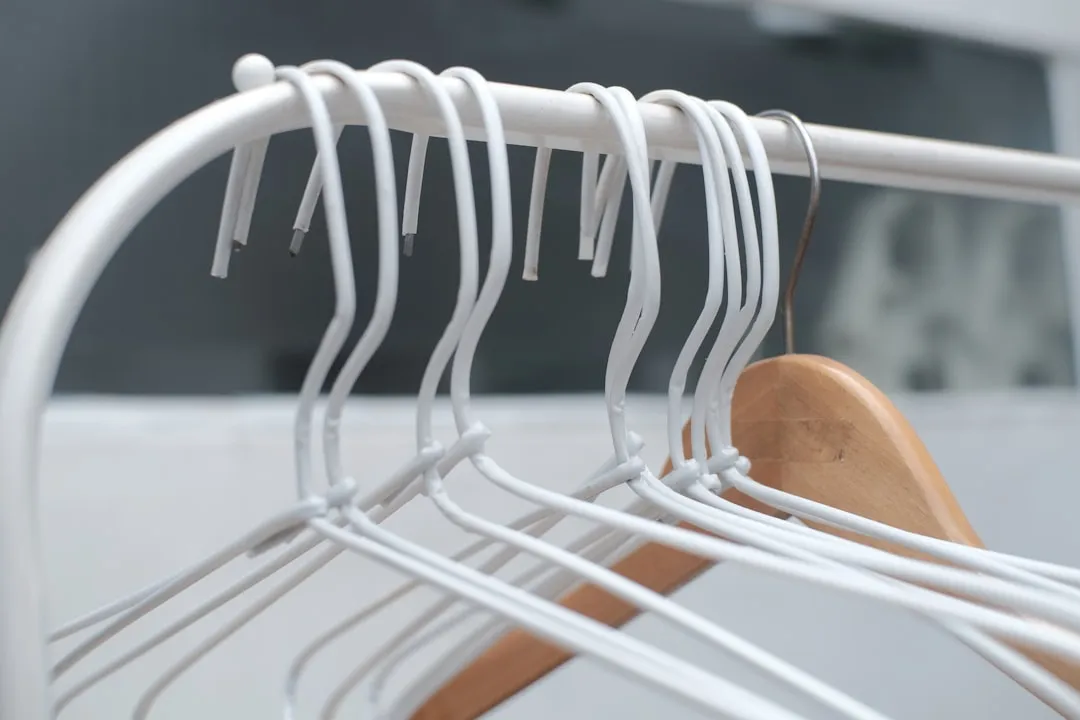
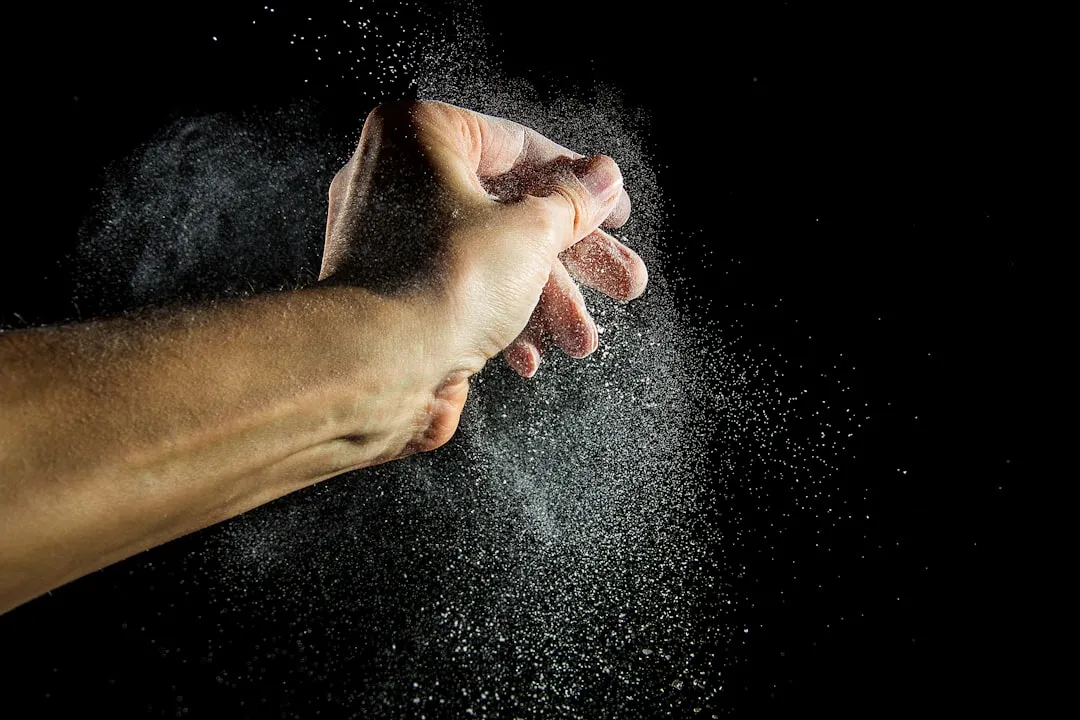

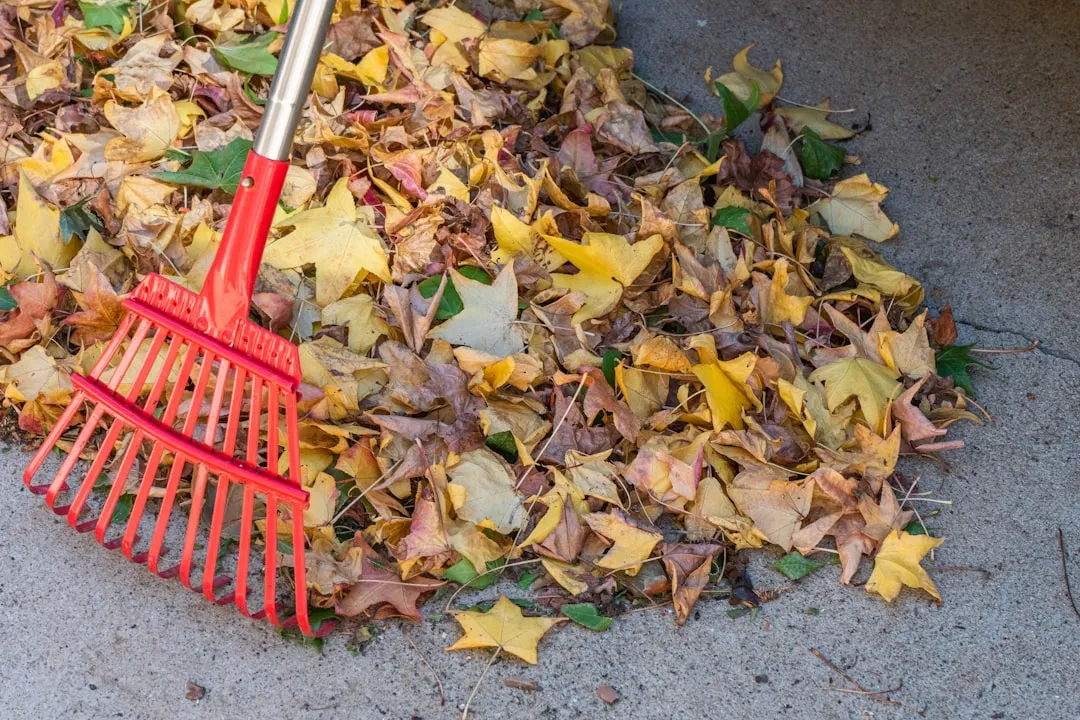
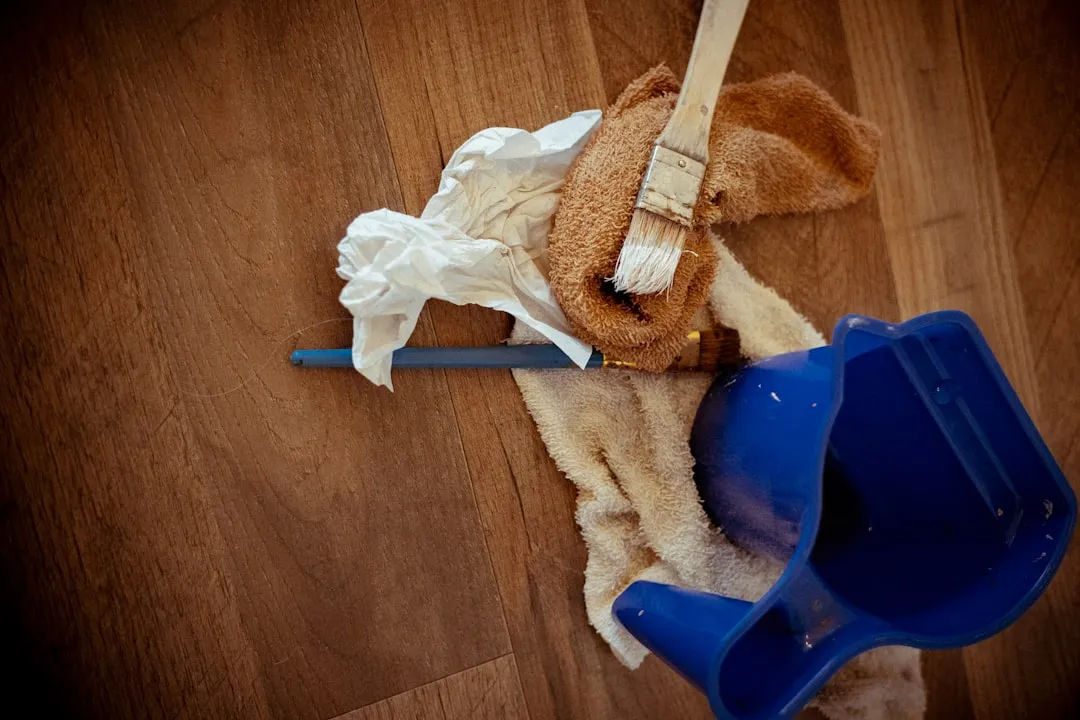

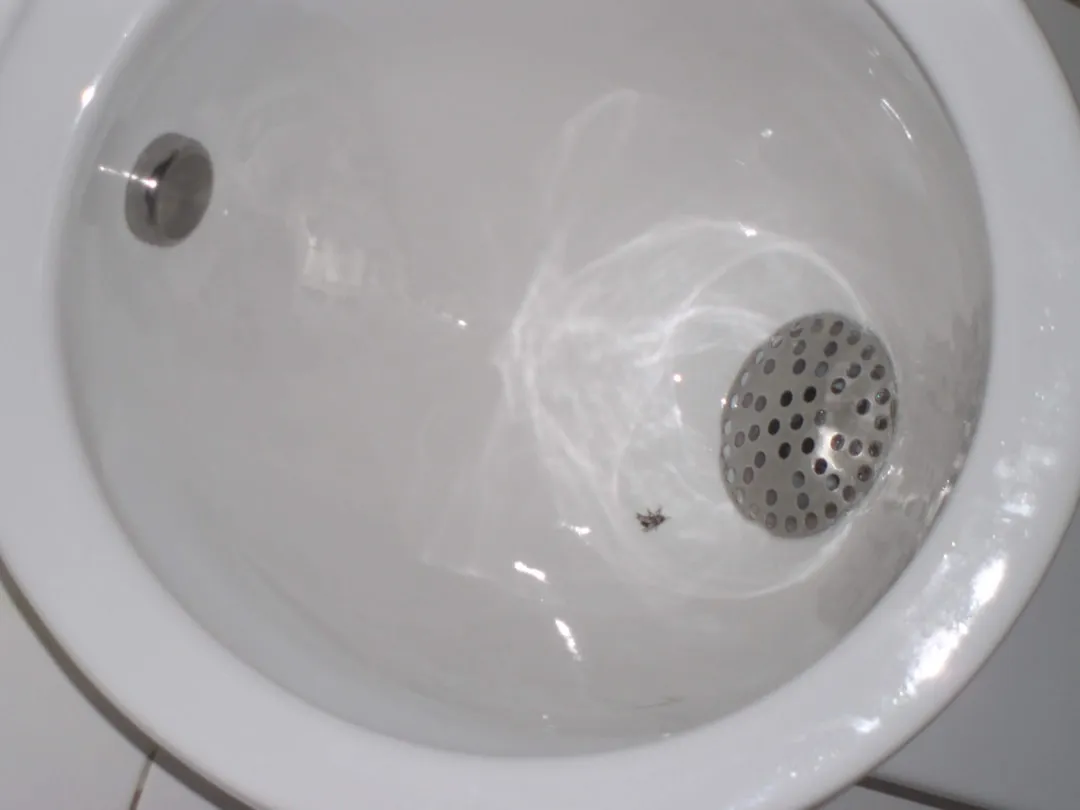
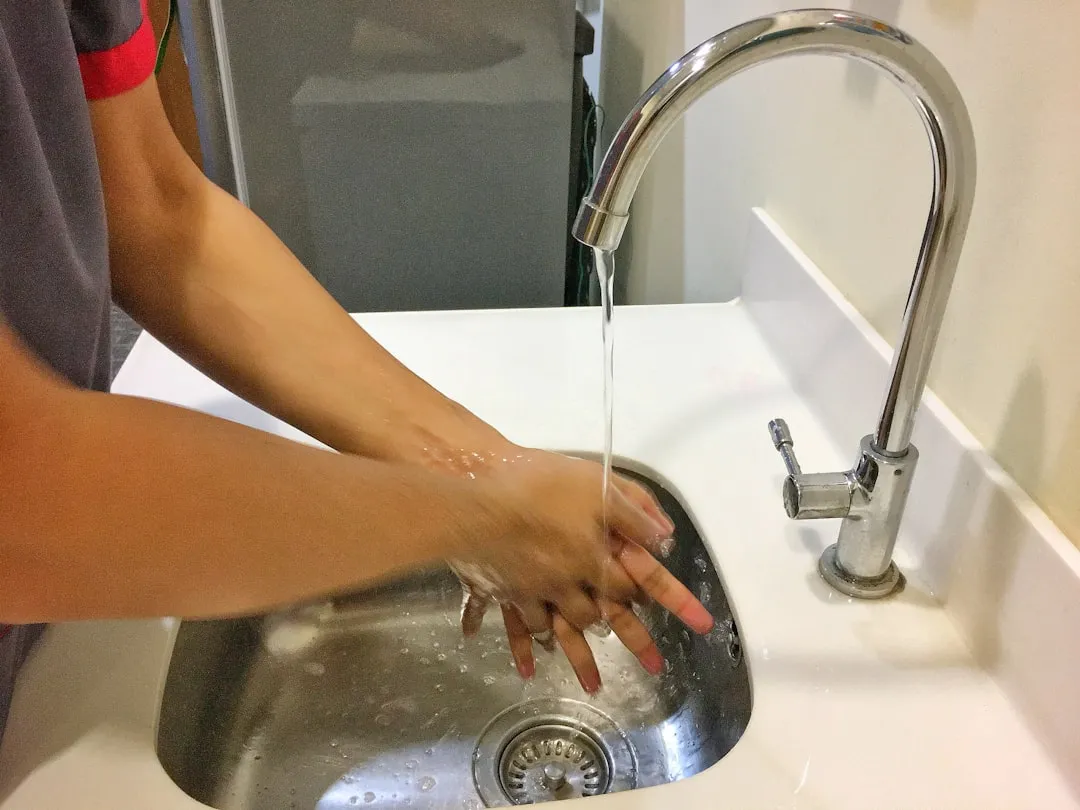
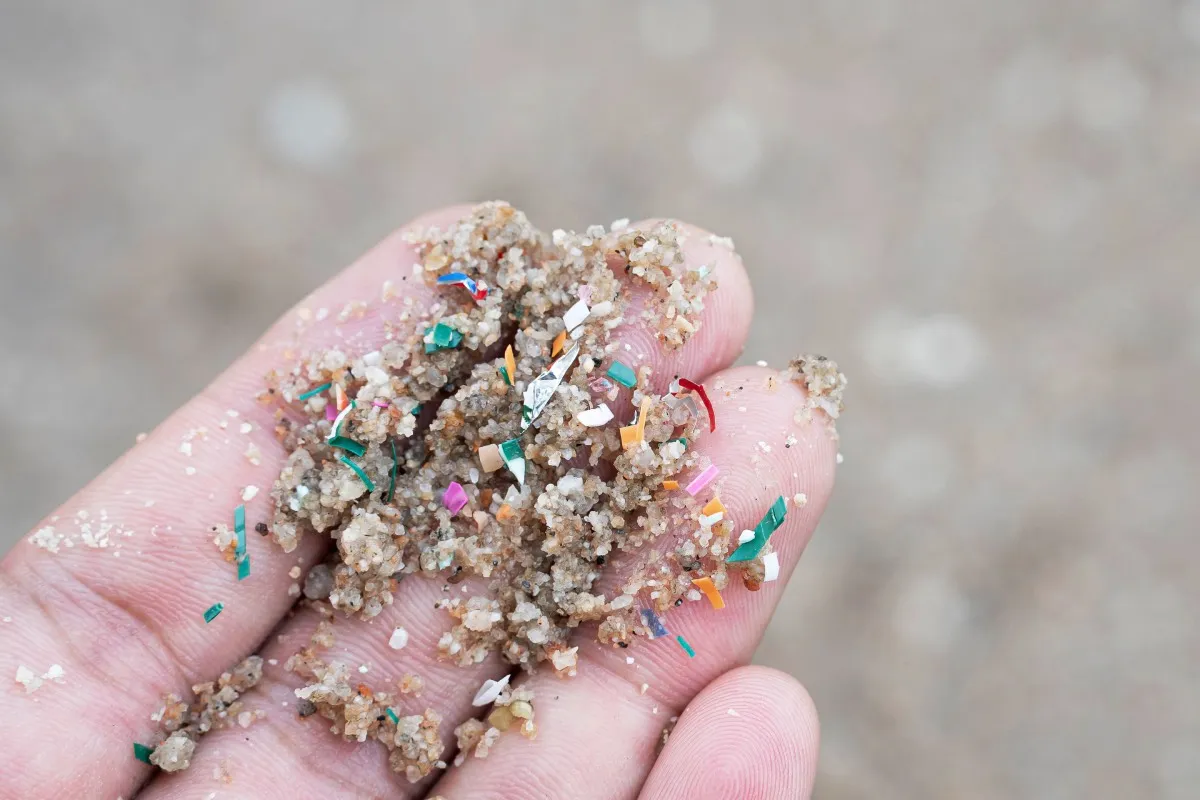

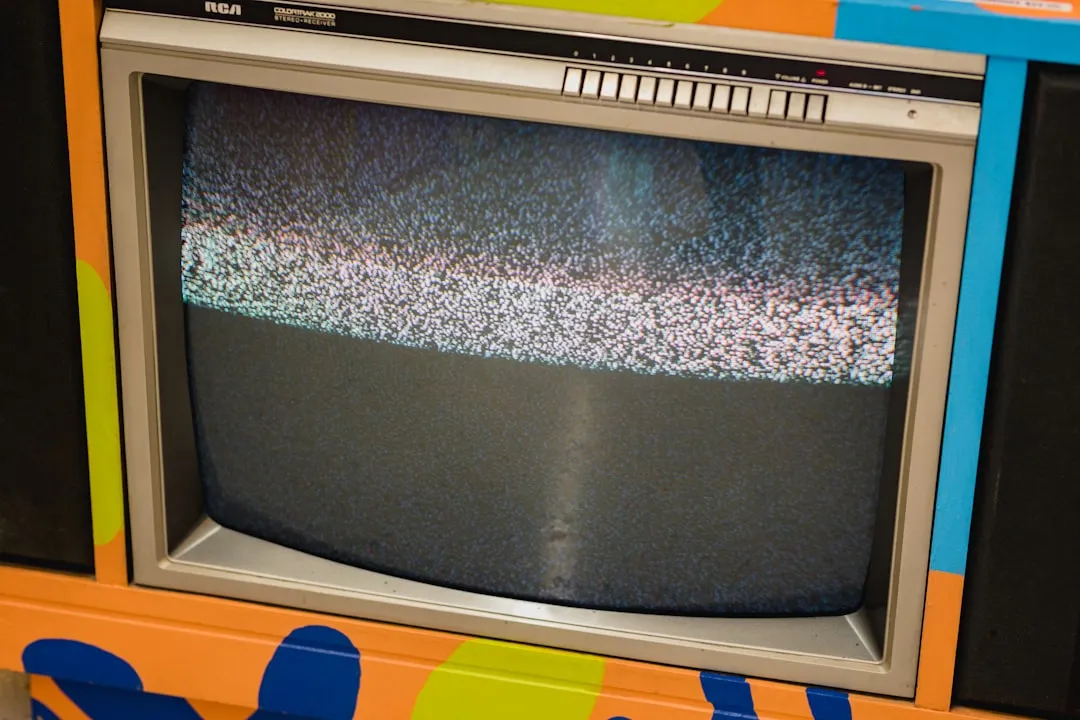
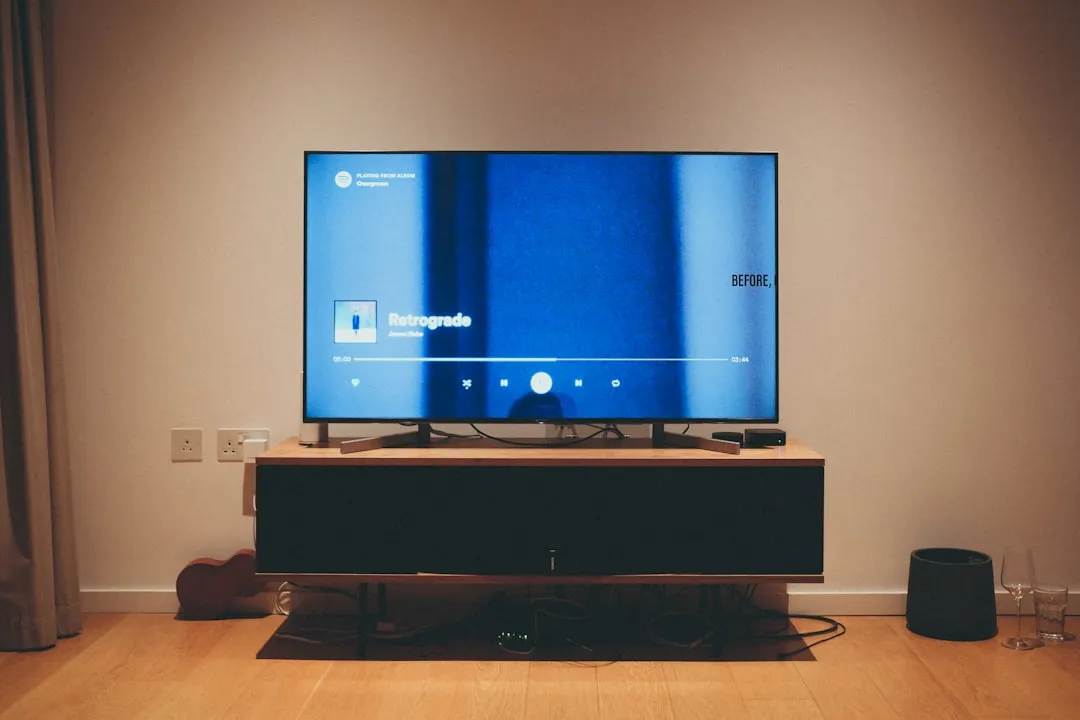
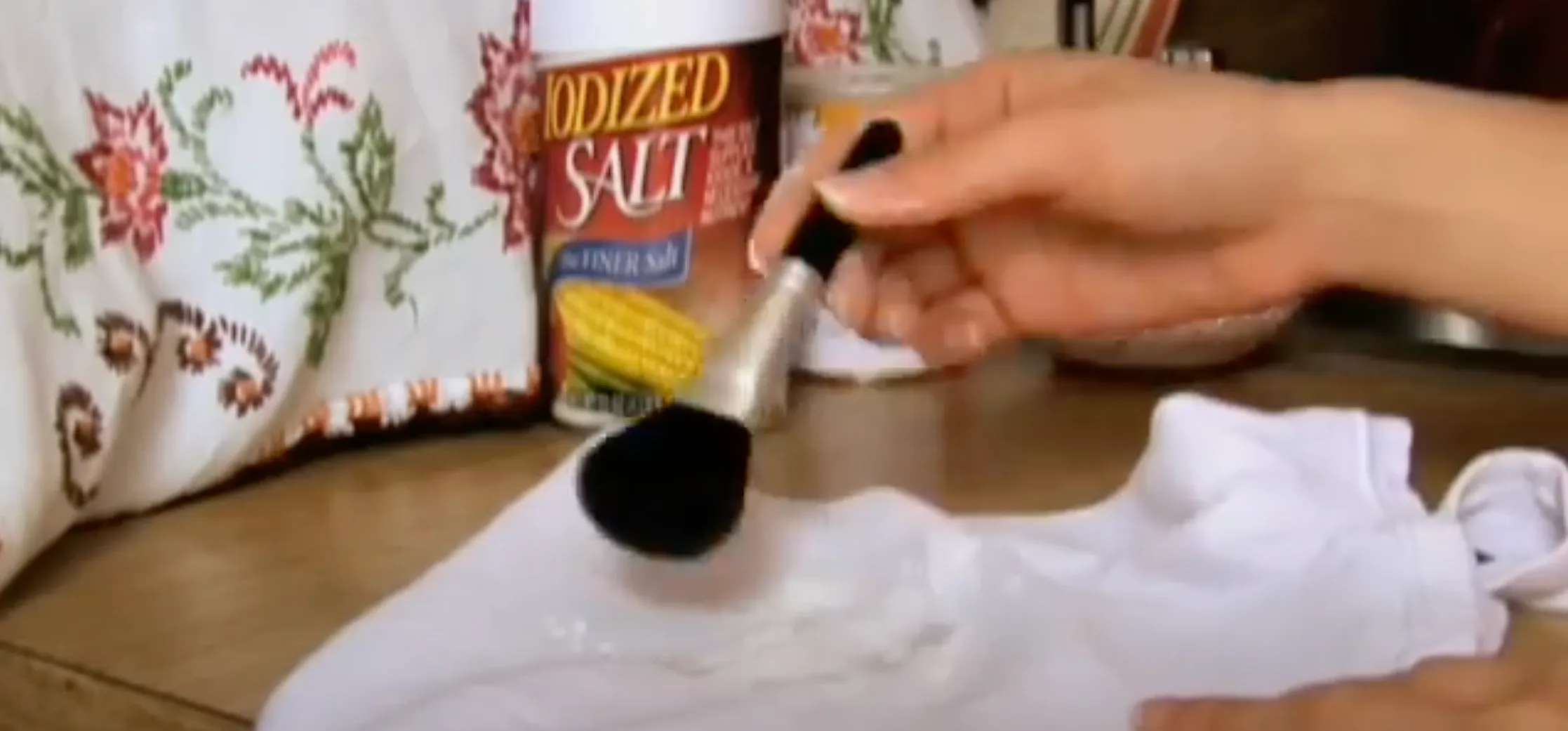
Comments
Be the first, drop a comment!